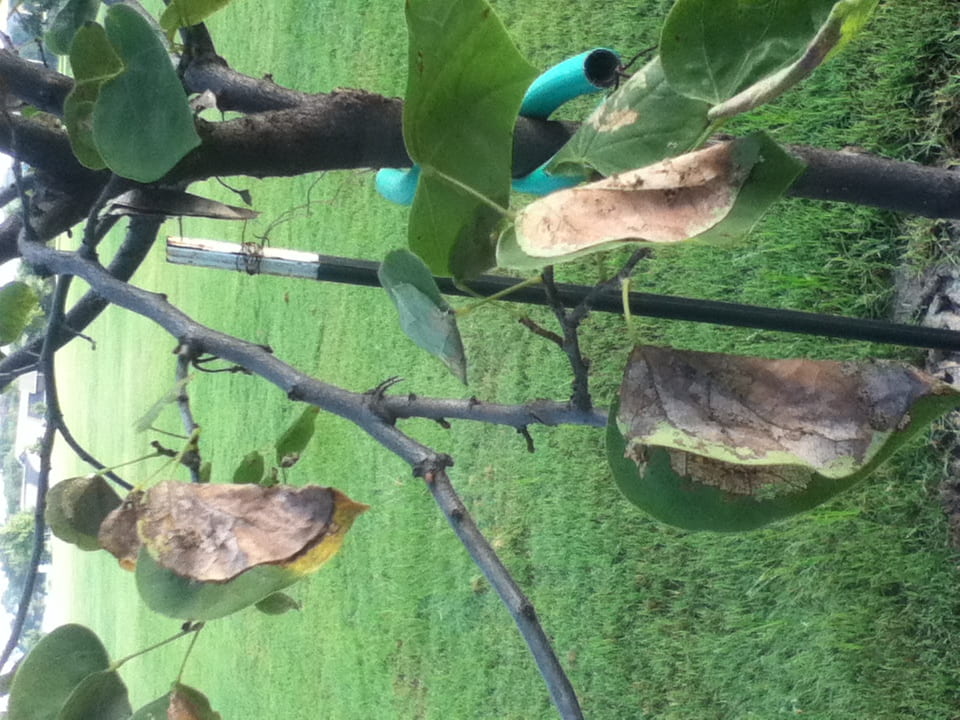–by Frannie Miller — Pesticide Safety and IPM Coordinator
Commercial Applicator Recertification
Training Program
Category 6, 7C & 9A
Right-of-Way, Industrial Weed and Noxious Weed
Virtual Edition Using Zoom
8:00 a.m. – 5:00 p.m.
Friday, October 29, 2021
K-STATE
Research and Extension
——————————————————————————–
PROGRAM TOPICS AND SPEAKERS
7:30 a.m. Registration
8:00 a.m. IVM and Zonal Maintenance for ROW and Utilities, Matt Kraushar, Indiana Dept. of Transportation (1 Credit Hour 6, 7C & 9A)
8:55 a.m. Herbicide Recommendations for Noxious and Problem Weeds, Jordan Boone, Territory Manager, Corteva (1 Credit Hour, 6,7C & 9A)
9:50 a.m. Break
10:00 a.m. Weed and Brush Management in IVM Areas, James Jackson, Market Development Specialist, Alligare (1 Credit Hour 6, 7C & 9A)
11:00 a.m. Pesticide Use and Professionalism, Jeremy Corrigan,
Vegetation Management Specialist, Arborchem (1 Credit Hour 6, 7C & 9A)
12:00p.m. Lunch
1:00 p.m. Emerging Trends in IVM, Jeremy Corrigan,
Vegetation Management Specialist, Arborchem, (1 Credit Hour 6, 7C & 9A)
1:55 p.m. Off Target and Movement of Herbicides in IVM, Sarah Lancaster, KSU Extension Weed Specialist (1 Credit Hour 6, 7C & 9A)
2:50 p.m. Break
3:00 p.m. Weed Identification and Their Look-A-Likes, Scott Marsh, Noxious and Invasive Weeds Specialist, Plant Protection (1 Credit Hour 6, 7C & 9A)
4:00 p.m. Core Hour: Pesticide Law, Environment and Labels, KDA Pesticide & Fertilizer Program (1 Core Hour)
Workshop Registration
Name:___________________________________________
Company:________________________________________
Address:_________________________________________
City, State:______________________ Zip:_____________
Phone:__________________________________________
Email address:___________________________________
Registration Fee: $80.00
Pay to: KSU Entomology Department
Send to: Frannie Miller, KSU Entomology Dept.
600 West Woodside, McPherson, KS 67460
Fax #: (620) 241-3407
Credit card payment can be made online at: https://commerce.cashnet.com/KSUIPM
If you must cancel, a full refund, minus $5 administrative fee will be made on all credit card payments.












